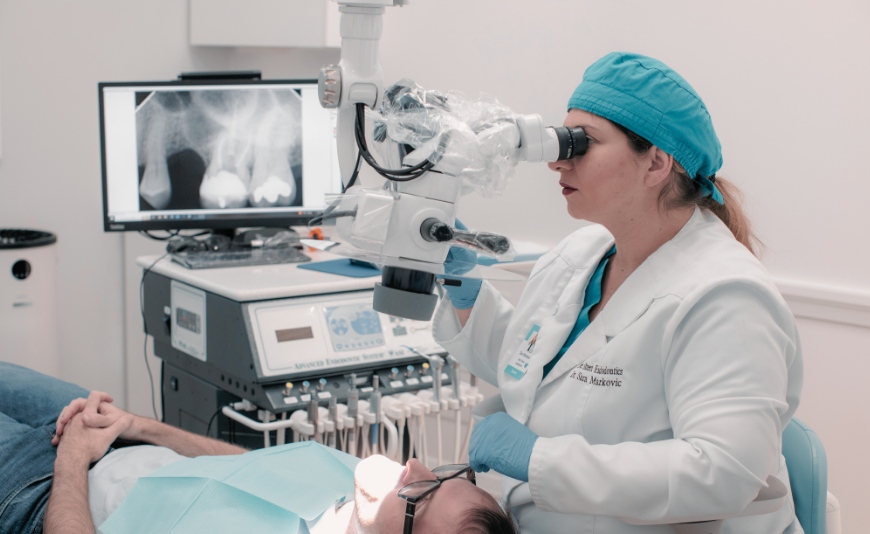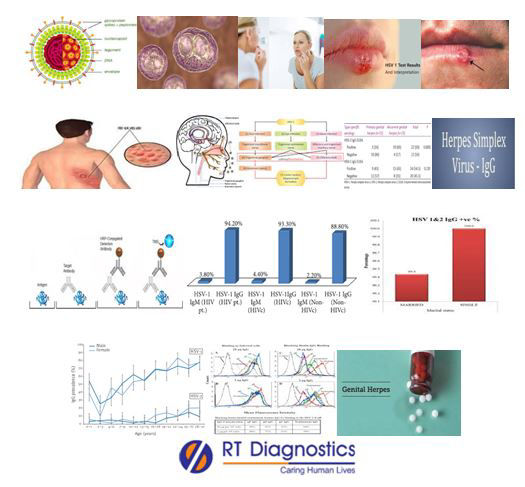Cut In Gums Between Teeth

The phenomenon of cut in gums between teeth, also known as gum recession or gingival recession, is a common oral health issue that affects millions of people worldwide. It is characterized by the exposure of the roots of teeth due to the shrinkage of the gum tissue surrounding them. This condition can lead to a range of problems, from aesthetic concerns to increased sensitivity and risk of tooth decay.
Understanding the Causes
Gum recession can be caused by a combination of factors, including:
- Poor Oral Hygiene: Inadequate brushing and flossing techniques can lead to the accumulation of plaque and tartar, which can cause inflammation and infection of the gums.
- Aggressive Brushing: Brushing too hard or using a hard-bristled toothbrush can wear away the gum tissue and cause recession.
- Smoking and Tobacco Use: Tobacco use can reduce blood flow to the gums, making them more susceptible to recession.
- Genetics: Some people may be more prone to gum recession due to their genetic makeup.
- Hormonal Changes: Fluctuations in hormone levels during pregnancy, menopause, or puberty can affect the gums and lead to recession.
- Grinding and Clenching: The constant pressure on the gums from grinding and clenching teeth can cause them to recede.
Symptoms and Diagnosis
The symptoms of gum recession can vary from person to person, but common signs include:
- Sensitivity: Exposed roots can be sensitive to hot and cold temperatures, sweet or sour tastes, and pressure.
- Appearance: Receding gums can make teeth appear longer or more prominent.
- Pockets: Deep pockets between the teeth and gums can trap food and plaque, leading to further recession.
Diagnosing gum recession typically involves a visual examination of the gums and teeth, as well as a periodontal probe to measure the depth of the pockets between the teeth and gums.
Treatment Options
The treatment for gum recession depends on the severity of the condition. Mild cases may be treated with:
- Deep Cleaning: A professional cleaning to remove plaque and tartar from the teeth and gums.
- Improved Oral Hygiene: Brushing and flossing techniques can be modified to prevent further recession.
- Desensitizing Toothpaste: Toothpaste containing potassium nitrate or strontium chloride can help reduce sensitivity.
More severe cases may require:
- Gum Grafting: A surgical procedure to transplant healthy gum tissue from one part of the mouth to the affected area.
- Regenerative Procedures: Techniques such as bone grafting or guided tissue regeneration can help stimulate the growth of new gum tissue.
- Crown Lengthening: A surgical procedure to reshape the gum tissue and bone around the tooth to make it more aesthetically pleasing.
Prevention is Key
Preventing gum recession is crucial to maintaining good oral health. Some tips include:
- Brushing and Flossing: Regular brushing and flossing can help remove plaque and prevent recession.
- Regular Dental Check-Ups: Regular visits to the dentist can help identify and treat recession early on.
- Avoiding Tobacco: Quitting tobacco use can reduce the risk of gum recession.
- Using a Soft-Bristled Toothbrush: A soft-bristled toothbrush can help prevent wear and tear on the gums.
What are the signs and symptoms of gum recession?
+The signs and symptoms of gum recession include sensitivity, exposed roots, and deep pockets between the teeth and gums. In some cases, gum recession can be asymptomatic, making regular dental check-ups crucial for early detection.
Can gum recession be reversed?
+While gum recession cannot be completely reversed, treatment options such as deep cleaning, gum grafting, and regenerative procedures can help restore the health and appearance of the gums.
How can I prevent gum recession?
+Preventing gum recession involves regular brushing and flossing, avoiding tobacco, using a soft-bristled toothbrush, and attending regular dental check-ups. A healthy diet and good oral hygiene habits can also reduce the risk of gum recession.
By understanding the causes, symptoms, and treatment options for gum recession, individuals can take proactive steps to prevent and address this common oral health issue. Remember, a healthy smile is just a brush away!


